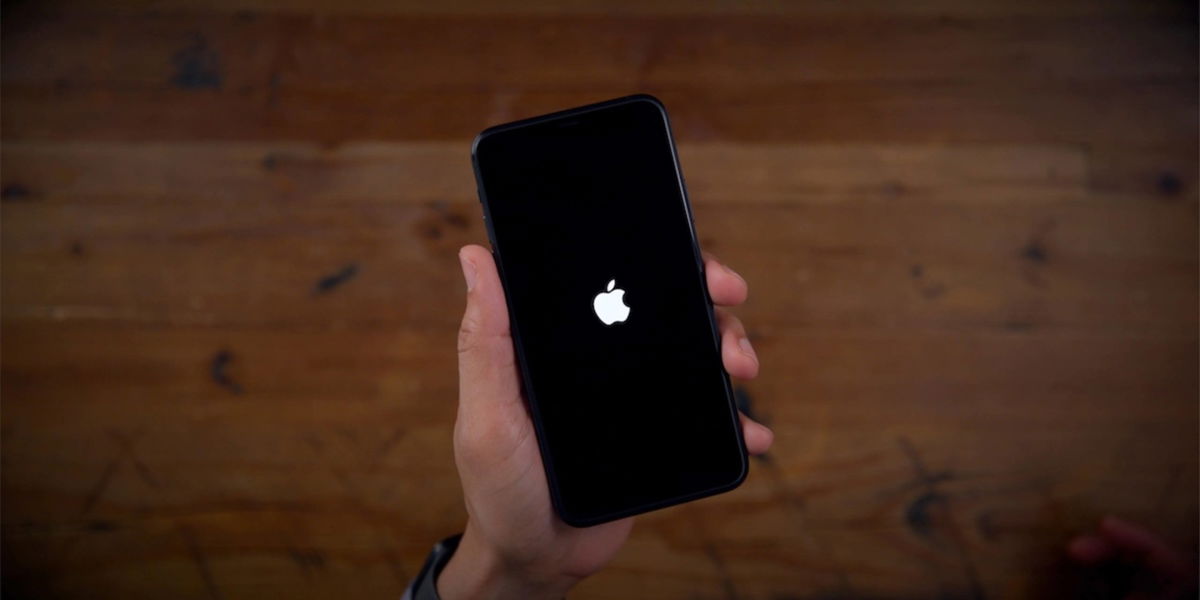Notifications are a fundamental aspect of our smartphones: they let us know when a message, a call or any other element that requires our attention arrives. However, are also a problem and it is that it is not the first time (nor the last) that I turn on the mobile to check what has reached me instantly when I hear it ring.
For this reason I will tell you my experience on how i manage my notifications to avoid two consequences: the deterioration of autonomy and mobile addiction. Both of these happen for a variety of reasons, I don’t want to apologize, but being aware of notifications makes it worse.
How I manage my mobile notifications: when less is more

The attention that cell phones exert on us can be daunting. We notice that the mobile vibrates or rings and we run to unlock it. WhatsApp message, I reply. After a while, notification of the app I use to follow football, I throw it away. A few minutes later they replied to a tweet, I play and reply.
Thus, we usually spend a large part of the day while we are in our moment of rest or leisure, for this reason One day, I considered moving away from notifications and, in general, everyone virtual.. How to do it in a simple way? Making apps less necessary doesn’t warn me. I already open enough times on social networks at the end of the day to be aware of notifications at all times.
Thanks to the fact that Android is flexible and full of interesting features, we can customize it to our liking and needs. To clear all app notifications I don’t need on the map, I go to Settings > Notifications > App Settings. From this screen, I can turn off each app’s switch to prevent it from showing its notifications. It’s a bit of an aggressive method, and if we apply it, we won’t get anything.

Goodbye notifications. These apps can’t bother me.
So as not to miss something important (especially family and work), I leave notifications active in essential applications, like WhatsApp group and my family’s email. It’s worth mentioning that notifications for things like mail are affected by account synchronization.
We can also configure specific WhatsApp notifications and ring some groups or contacts and not others. Other messaging applications also integrate these advanced options to personalize the experience to the millimeter.

Telegram and the same Google Play Store allow you to change notifications individually
As a second option, we have Do Not Disturb Mode
The second method I sometimes use is Do Not Disturb mode. For me it is not so valid because normally we will use it for a while, or at least that is its goal. And mine is to save battery and depend (a little less) on the mobile. Even so, it may come in handy if you’re looking to isolate yourself from distractions for a while.
Thinking about it otherwise, It can also be a good way to perform the same task and keep it active all the time. So all you have to do is tap a button to turn it off and be logged in to all your notifications again. I prefer the first option, honestly.

My preference for customizing notifications had, as I mentioned before, two clear purposes. And these, I only realize by controlling the notifications that I keep activated. When we use do not disturb mode, battery saving does not happen as such, as notifications are ignored or silenced, but they continue to keep the phone active looking for them. However, by disabling notifications we don’t want to receive, we’re telling apps not to even wait for them.
For example, if I set Google Notifications to not show sporting events and weather for my location, I avoid running the app twice in the background.
Choose well the notifications you block, if you reach a good balance, you will have the mobile under your control
Before closing, I always recommend that we Let’s stop to think about those that are necessary in our daily lives so as not to hinder productivityas well as other important aspects, such as calls, emails, messages or calendar reminders.
Naturally, Everyone has their preferences and choices.but knowing that we have several options at all times will help us move away from mobile addiction and, on the other hand, save the battery so that the useful life of the phone is even longer.









